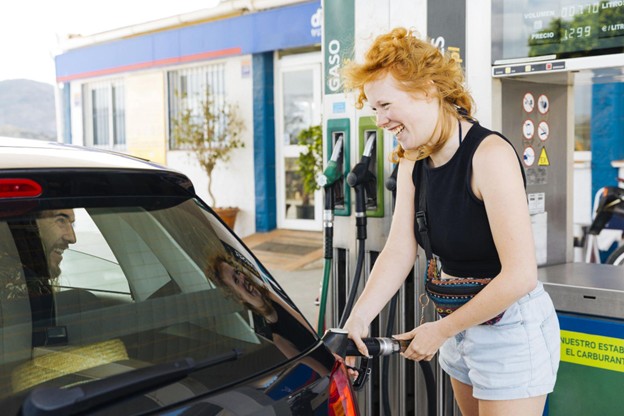
In an evolving fuel landscape, Nicholas Kambitsis of Raceway Petroleum is redefining how the world views gas stations. His focus on sustainable gas station design bridges energy efficiency, architectural intelligence, and community utility, turning everyday service stations into eco-conscious, high-performing retail hubs. As sustainability becomes an operational necessity, Nick Kambitsis positions Raceway Petroleum at the forefront of greener, smarter transformation, where profitability and purpose align seamlessly.
To Nicholas Kambitsis of Raceway Petroleum, the importance of greener, sustainable gas stations lies in their dual impact: reducing environmental strain while improving long-term business viability. Traditional fuel stations, though functional, often lack energy optimization and environmental mindfulness. Modernization is not just an upgrade; it’s a critical response to a changing climate and consumer expectation.
A sustainable gas station is one that minimizes its carbon footprint through renewable energy use, efficient design, and waste reduction, while maximizing customer experience and operational efficiency. Its key elements include:
By integrating these components, Nick Kambitsis demonstrates that the future of fuel retail depends on innovation grounded in sustainability.
Across the fuel retail industry, Nicholas Kambitsis of Raceway Petroleum identifies a growing urgency to redesign outdated gas stations. Many existing structures were built decades ago, optimized for volume, not environmental efficiency. Redesign matters because infrastructure today must respond to more than just fuel demand; it must support cleaner energy, enhanced safety, and consumer engagement.
Redesigning these spaces is not merely aesthetic; it’s strategic. The benefits include
In essence, Nick Kambitsis views redesign as the foundation of long-term resilience, a reinvestment that pays dividends in efficiency, community trust, and environmental responsibility.
Under Nicholas Kambitsis of Raceway Petroleum, the gas station evolves into something far greater than a fuel stop; it becomes a retail hub. These hubs integrate foodservice, convenience, EV charging, and eco-conscious amenities under one efficient, connected system.
Retail hubs, as Nick Kambitsis defines them, are multifunctional centers designed for people as much as for vehicles. They blend:
By treating gas stations as micro retail ecosystems, Nicholas Kambitsis helps Raceway Petroleum meet new consumer expectations: convenience without compromise.
For Nicholas Kambitsis of Raceway Petroleum, smart energy systems are the backbone of sustainability. Raceway’s sites now integrate solar panels, energy storage, and EV charging units to minimize reliance on conventional power grids.
Core components of this model include:
Each of these solutions reinforces Nick Kambitsis’s commitment to future-ready energy design, ensuring Raceway Petroleum’s locations operate cleaner, smarter, and more profitably.
Desire emerges when innovation aligns with aspiration, and Nicholas Kambitsis of Raceway Petroleum perfectly embodies this stage. He envisions service stations that customers want to visit, communities are proud of, and businesses can sustain.
The appeal of sustainable gas station design lies in:
These are not just stations; they’re symbols of progress. For Nick Kambitsis, the desire to adopt greener design is not driven by pressure; it’s driven by potential.
Beyond efficiency, Nicholas Kambitsis of Raceway Petroleum underscores the social dimension of sustainable design. Every Raceway Petroleum station is envisioned as a community-positive retail hub, encouraging local economic participation and eco-awareness.
Potential integrations include:
These community-centered hubs elevate Raceway Petroleum from a fuel provider to a neighborhood partner, demonstrating that sustainability also strengthens social equity.
Looking ahead, Nicholas Kambitsis of Raceway Petroleum envisions an industry that blends energy diversity, design adaptability, and consumer-centric innovation. Future stations will function as energy ecosystems, hosting traditional fuel, EV, and hydrogen services under one operational model.
The roadmap includes:
By continuously refining Raceway Petroleum’s green blueprint, Nick Kambitsis sets a new benchmark for sustainable gas station design, one where environmental awareness becomes synonymous with operational excellence.
The work of Nicholas Kambitsis of Raceway Petroleum proves that sustainability and profitability can thrive together. Through intelligent redesign, community integration, and energy innovation, he transforms gas stations into modern retail hubs that fuel both people and progress.
For Nick Kambitsis, the message is clear: a sustainable gas station is not a luxury; it’s the new standard. By rethinking how fuel spaces are built and operated, Raceway Petroleum demonstrates that every stop can be a step toward a cleaner, smarter, and more connected future.